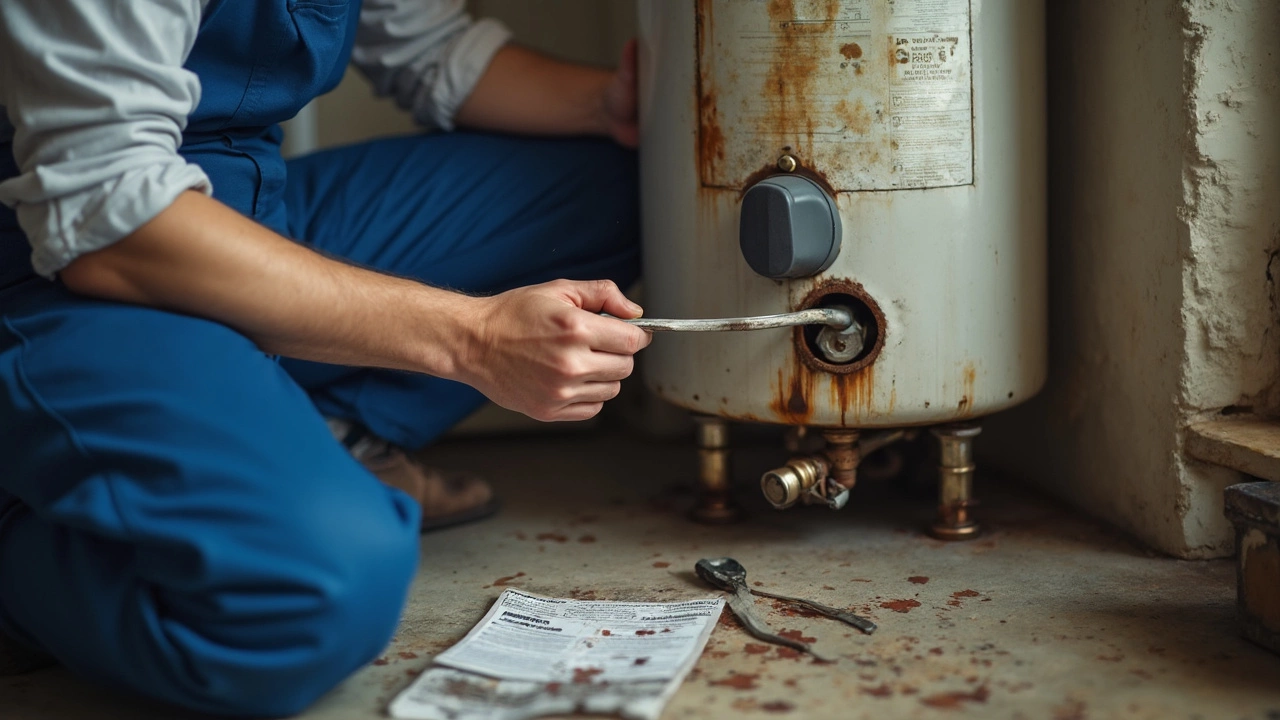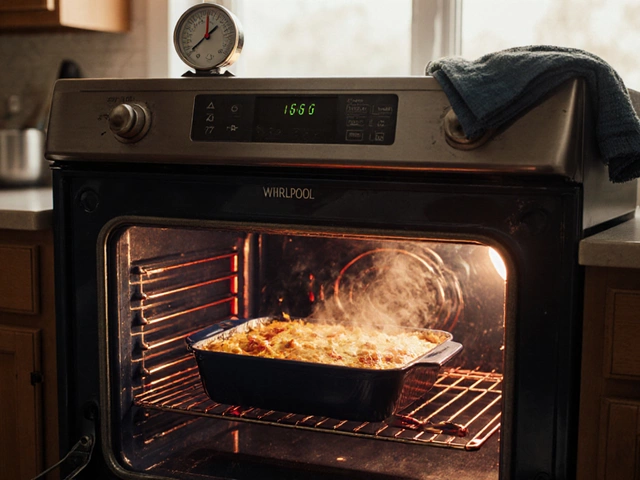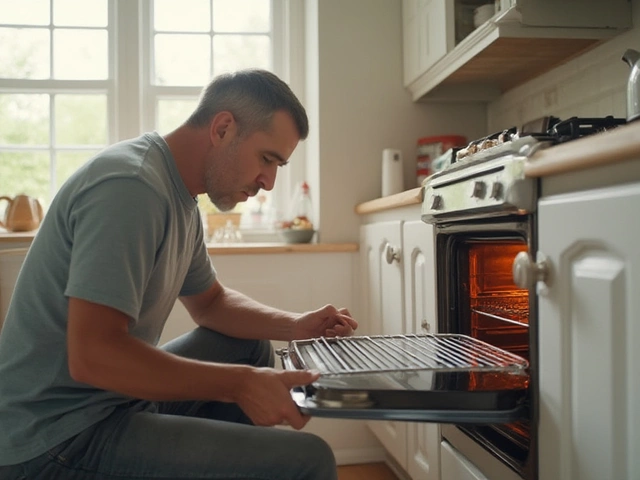Should You Replace a 15-Year-Old Boiler? Essential Advice for Homeowners
July 31 2025Water Heater Sediment – Why It Happens and How to Clear It
Ever notice your hot water taking longer to heat up, or hear rumbling noises from the tank? Chances are you’ve got sediment building up inside your water heater. Sediment is a mix of minerals, rust, and tiny particles that settle at the bottom of the tank over time, especially if you have hard water. It acts like a blanket, keeping the heating element or burner from reaching the water efficiently, which can jack up your energy bills and shorten the life of the unit.
Spotting Sediment Issues Early
The first sign is usually a strange sound – a bubbling or crackling noise when the heater kicks on. Next, you might see a dip in water temperature: the shower feels lukewarm while the tap at the sink is still hot. Finally, a sudden spike in your gas or electricity bill often hints that the heater is working harder than it should. If any of these symptoms show up, it’s time to check for sediment.
Step‑by‑Step Flushing Guide
Flushing the tank is the quickest way to get rid of most of the buildup. Here’s a simple routine you can follow:
1. Turn off power or gas. For electric heaters, switch off the breaker. For gas units, set the control knob to ‘Pilot’ or ‘Off’.
2. Shut off the cold‑water supply. Locate the valve on the top of the tank and close it.
3. Connect a garden hose. Attach one end to the drain valve at the bottom of the tank and run the other end outside or to a floor drain.
4. Open the drain valve. Let the water flow out. It will be cloudy at first – that’s the sediment being flushed.
5. Let it run. Keep the hose open until the water runs clear. If it takes a long time, you can briefly open the cold‑water supply to stir up the sediment and speed up the process.
6. Close the drain, refill the tank. Shut the drain valve, open the cold‑water supply, and fill the tank until water runs steadily from the pressure‑relief valve.
7. Restore power or gas. Turn the breaker back on or set the gas control to ‘On’. Give the heater a few minutes to heat the water before using.
If the water still looks murky after one flush, repeat the process once more. When you notice rust or sludge that won’t clear, it may be time to call a professional – the tank could be corroded inside.
Regular maintenance keeps sediment at bay. Aim to flush your heater at least once a year if you live in an area with hard water, or every six months if you’ve noticed frequent noises. Pair the flush with a quick visual inspection of the anode rod – a sacrificial metal piece that eats away corrosion. Replacing a worn anode rod can dramatically reduce future sediment buildup.
When should you call a pro? If you’re uncomfortable shutting off gas, the tank leaks during a flush, or the heater won’t turn back on after you restore power, it’s safest to let a certified gas engineer handle it. They can also perform a full inspection, check pressure settings, and advise if the tank needs a replacement.
Bottom line: sediment is a silent energy thief, but a quick yearly flush can keep your water heater humming, your bills low, and your hot water ready when you need it. Got a stubborn problem? Our Bedford‑based gas engineers are just a call away for a safe, thorough service.
 9 May
9 May
Should You Flush a 10 Year Old Water Heater? Essential Facts You Need Before Touching That Valve
Wondering if it's a good idea to flush your old water heater? This article breaks down what actually happens inside a ten-year-old tank, the risks and rewards of flushing it, and how you can keep your hot water running safely. We'll cover the warning signs you can’t ignore, what to do if your heater’s on its last legs, and the simple steps that save you money on costly breakdowns. Get straight talk and real tips—especially if your heater’s still kicking after a decade.
Read More...



